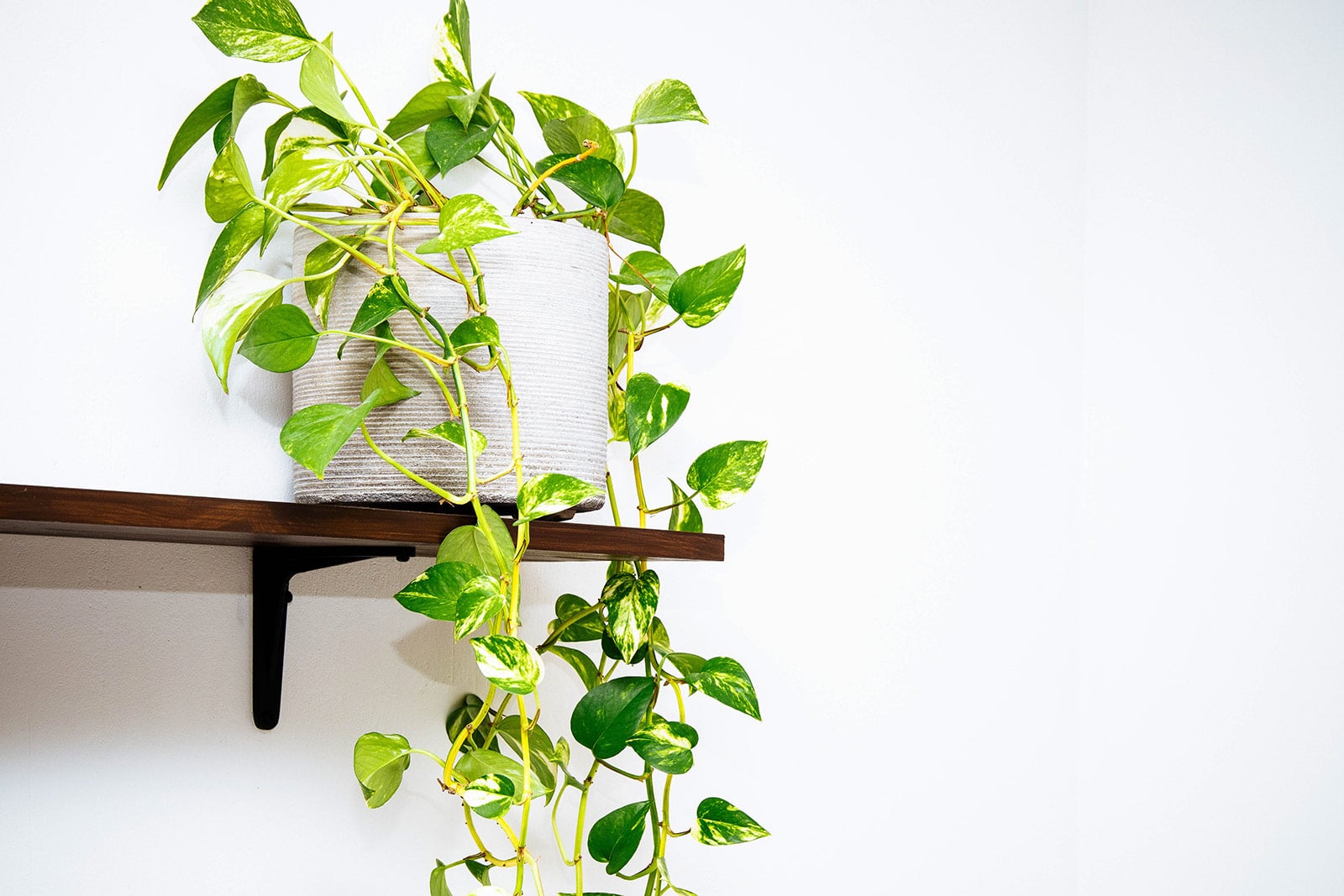
Pothos plants, with their lush foliage and trailing vines, are beloved for their resilience and ease of care. However, understanding the growth timeline of Pothos is essential for cultivating thriving specimens. From germination to mature vine development, various factors influence the pace at which Pothos plants grow and flourish.
I. Introduction
Pothos, also known as Devil’s Ivy, is a popular choice for indoor greenery enthusiasts due to its ability to thrive in low-light conditions and tolerate neglect. However, the growth journey of Pothos encompasses several stages, each influenced by environmental factors and care practices. Exploring the nuances of Pothos growth provides valuable insights for nurturing healthy and vibrant plants.
II. Growth Phases of Pothos
Germination and Establishment Pothos typically begins its growth journey from seeds or cuttings. During the germination phase, seeds sprout roots and develop into seedlings under optimal conditions. Alternatively, cuttings root and establish themselves in a new growing medium, initiating the growth process.
Vegetative Growth Once established, Pothos undergoes vigorous vegetative growth characterized by the proliferation of foliage and stems. The plant directs its energy towards leaf production, expanding its canopy to capture light energy for photosynthesis. This phase is crucial for building a robust root system and lush foliage.
Maturation and Vine Development As Pothos matures, it transitions into a phase of vine development, where it produces long, trailing stems adorned with heart-shaped leaves. This growth pattern allows Pothos to climb and trail, making it a popular choice for hanging baskets or vertical displays. During this phase, the plant may also produce aerial roots to anchor itself and absorb moisture from the air.
III. Environmental Factors Affecting Growth
Light Intensity and Duration Light plays a pivotal role in Pothos growth, influencing photosynthesis, leaf development, and overall vigor. While Pothos can tolerate low-light conditions, it thrives in bright, indirect sunlight. Exposure to prolonged periods of low light may slow growth rates and result in leggy, less compact foliage.
Temperature and Humidity Levels Pothos prefers warm, humid environments reminiscent of its native tropical habitats. Moderate temperatures ranging from 65 to 85°F (18 to 29°C) promote optimal growth and vigor. High humidity levels help prevent leaf desiccation and promote healthy transpiration, supporting robust growth.
Soil Quality and Moisture Well-draining soil rich in organic matter provides an ideal growing medium for Pothos. Soil that retains moisture without becoming waterlogged ensures adequate hydration for root development and nutrient uptake. Consistent moisture levels are essential, as drought stress can impede growth and lead to foliage wilting.
IV. Care and Maintenance Practices
Proper Watering Techniques Maintaining consistent soil moisture is critical for Pothos growth. Water the plant thoroughly, allowing excess water to drain from the pot’s drainage holes. Avoid overwatering, as saturated soil can lead to root rot and hinder growth. Check soil moisture levels regularly and adjust watering frequency as needed based on environmental conditions.
Fertilization Regimen Periodic fertilization provides essential nutrients to support Pothos growth and vitality. Use a balanced liquid fertilizer diluted to half-strength during the growing season, applying it every 4 to 6 weeks. Avoid excessive fertilization, as it can lead to salt buildup in the soil and cause fertilizer burn.
Pruning and Propagation Pruning helps maintain the desired size and shape of Pothos plants while stimulating new growth. Trim back leggy or overgrown stems to encourage bushier growth and remove any yellow or damaged foliage. Additionally, Pothos plants are easily propagated from stem cuttings, allowing gardeners to expand their plant collection and share with others.
V. Expected Growth Timeline
Average Growth Rate of Pothos Under optimal growing conditions, Pothos plants exhibit moderate to fast growth rates. On average, Pothos can grow several inches in length per month during the growing season, with new leaves emerging regularly.
Factors That May Accelerate or Delay Growth Factors such as ample sunlight, consistent watering, and proper nutrition can accelerate Pothos growth. Conversely, suboptimal growing conditions, such as low light, overwatering, or nutrient deficiencies, may slow growth and compromise plant health.
Tips for Promoting Healthy Growth To promote healthy growth and vigor in Pothos plants, provide adequate light exposure, maintain optimal soil moisture, and fertilize judiciously. Regularly inspect the plant for signs of pests or diseases, and address any issues promptly to prevent growth setbacks.
In conclusion, understanding the growth timeline of Pothos plants is essential for cultivating thriving specimens. By providing optimal growing conditions, implementing proper care practices, and monitoring growth progress, gardeners can enjoy lush and vibrant Pothos foliage in their indoor or outdoor spaces.


